Vermeer Audio TWO
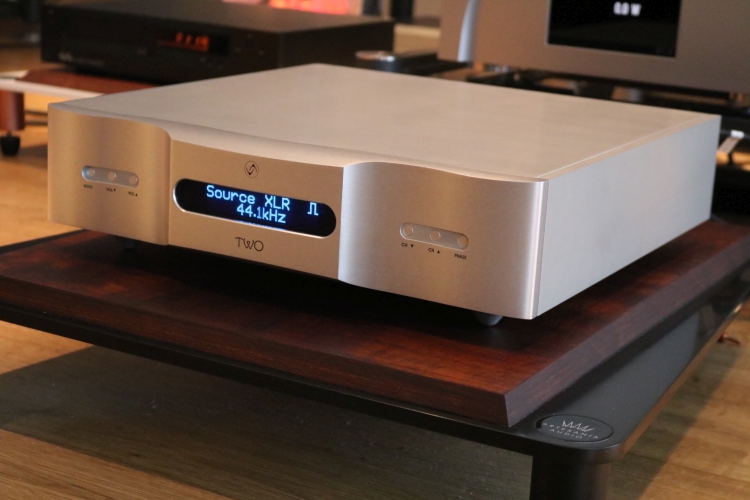
Running In, Standby, and Warming Up
The unit that I received is a “demo model” that has been in use for several months and thus should be well run-in. When set to standby, the TWO enters a tube-saving state in which the high voltage to the tubes is turned off but the filament remains powered and most of the other circuits inside the unit also remain powered. With all of the essential components in the signal path still powered on, this allows for quick warm-up times.
When not planning to use the TWO for 24 hours, it is advised to switch it off completely in order to save on tube life. The manual states that the unit will require 30 minutes to an hour to reach its best performance after having been switched on. Prior to connecting it, I had let the unit acclimatize non-powered for several days prior to connecting it. Although it does sound great even when cold and even better when warmed up for 30 minutes, I found that the TWO kept improving hour upon hour that it played. I’m not entirely sure if it really needed all that time, or that I just got more swept away by it as time passed, but I do know that it sounded flabbergastingly good in the second listening session the next day.
Tube Life
The tube life is specified at over 10.000 hours. Based on in-house experience with the use of these tubes by Vermeer Audio, the user can expect a minimum of 4 to 5 years of use. That is, if you have the willpower to keep from repeatedly extending the listening session way beyond your normal behavior;-)
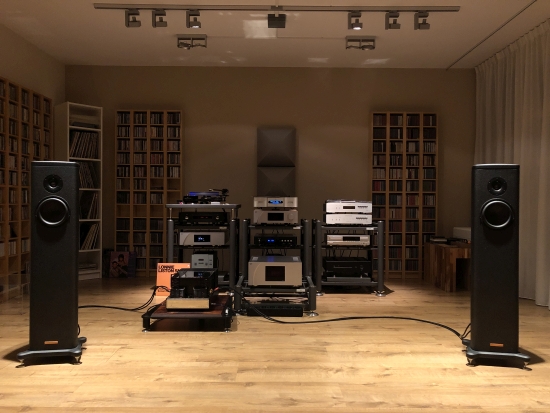
Review Context
Price-wise, as well as function-wise, it makes sense to compare the Vermeer TWO with the CH Precision C1 DAC. In this comparison, like the C1, the TWO will take perform the central role of a digital hub driving the CH Precision A1.5 power amplifier and Martin Logan ESL15A and Magico S1 Mk2 loudspeakers. As sources for this, I will use the Antipodes K50 Music Server via a Jorma AES/EBU cable, direct Ethernet and a range of USB cables, and various CD transports.
Further, the TWO will also be used to perform the role of a pure analog preamp. I will assess this by feeding it the output of the Aqua Formula xHD DAC as well the output of the CH Precision P1 phono preamp. The latter gets its input from the Origin Live Calypso mk4 turntable with Multi-Layer Platter, Illustrious arm, and a ViRa Aidas Rainbow MC cartridge that connects to the preamp via Vermouth Reference phono interlinks. In this guise, the TWO will substitute the Ayon Stealth tube preamp that I normally use for LP replay.
All power cables are Belden with Bals Schuko and Oyaide C-004 IEC connectors, interlinks are CH Precision Balanced Link and speaker cables are Jorma Trinity.
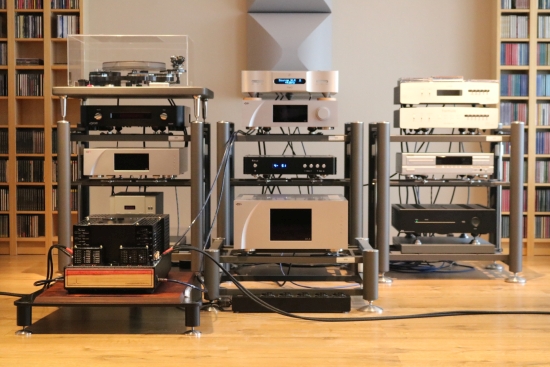
The CAT JL 5 Triode Power Amp shown on the left was not actually used in the context of this review. For this, a separate review will appear.
Listening – AES/EBU
Coming from the C1 and switching to the Vermeer that had been switched on (but not playing) for a couple of hours, in both cases using the Antipodes K50 Music Server with a Jorma AES/EBU cable, the Vermeer TWO sounds very slightly rounder (less crisp) in the midbass and a tiny bit sweeter in the midrange. Although one could say that in this comparison it is ever so slightly warm (or is it actually neutral?) compared to the very clean and neutral Swiss (or is it actually a little cool?), subjectively and judged on its own, the TWO sounds uncolored and pure. It’s clean without sounding clinical and indeed very slightly rich but without really sounding warm. Perhaps a better word would be natural. Whilst being open and direct, it also has an organic naturalness and an unhurried presentation along with a better fleshing out of the natural harmonics that makes it very easy to listen to. No doubt, the tubes are responsible for some of the midrange magic.
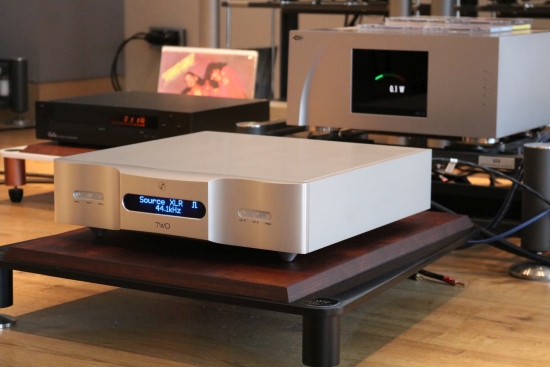
Soundstage-wise, the Vermeer amazes with deeper imaging and a more 3D-like dimensionality to vocals and instrument sounds within the soundstage. It creates more of a palpable presence of the performers in the room, adding greatly to the sense of realism. One other aspect that stands out when comparing these two DACs is that the Vermeer intersperses more air in-between all the instruments.
The C1 has very wide imaging, certainly comparable to the TWO’s but it is flatter in the depth plane. Would the tubes again be responsible for this? Maybe. But surely, the DAC design also adds to this and, of course, an analog volume control has certain advantages over a digital one (and vice versa).
What’s remarkable is that, in addition to these qualities, the TWO is almost as linear and just as transparent and revealing as the particularly neutral Swiss DAC.
While the C1 is indeed a little bit more linear and, in my view, ultimately slightly more neutral if also less romantic, to me, the C1’s main advantage when compared to most other DACs is in the solidity and precision of the bass. Compared to the C1, the TWO also does not possess all of the C1’s “chiseled from granite” super-accurate, solid and incisive kind of bass but judged by itself, the TWO has very solid bass. It’s not only full but also remarkably articulate and precise for any DAC/preamp but especially for a tube product. While on the subject, I should mention that the TWO has none of the overly rich supersaturated “phat” or “triode” kind of stereotypical tube sound. It simply sounds pure and natural, not transistory nor tubey.
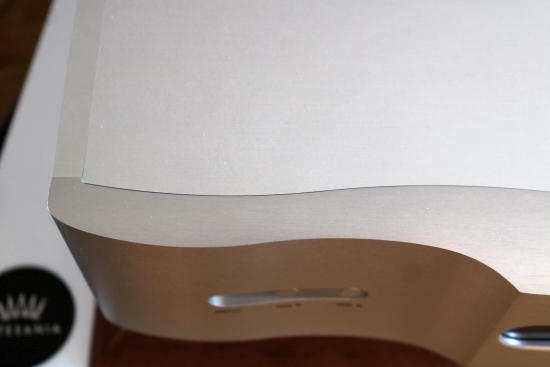
The Two has very nice curves
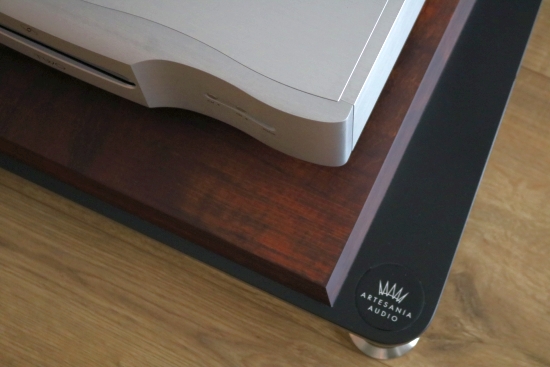
It is Vermeer Audio’s goal to make products that sound as realistic as possible and, by extension, to have low distortion and not to add any coloration. Well, I’d say that those boxes are comfortably ticked. But still, The presence of tubes seems to pay off in the way that vocals are portrayed. There is a realistic and convincing quality to singing voices that is often associated with tube products but which often also comes along with an amount of smear in the lower registers. I’ve heard that happen with power amplifiers as well as preamplifiers, but I’m happy to report that this kind of blur is absolutely alien to the TWO. Great results so far, right? But it gets even better!
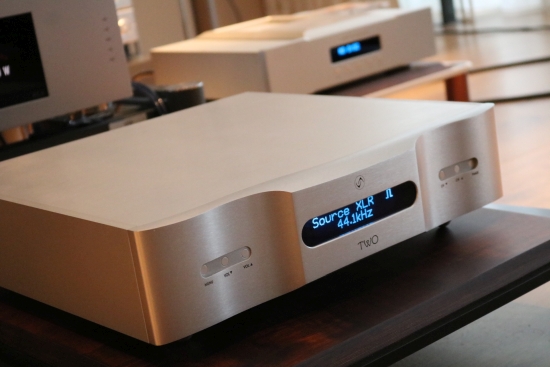
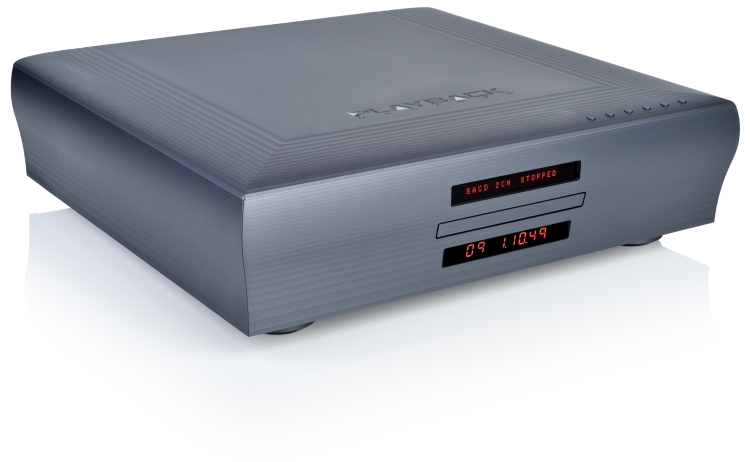

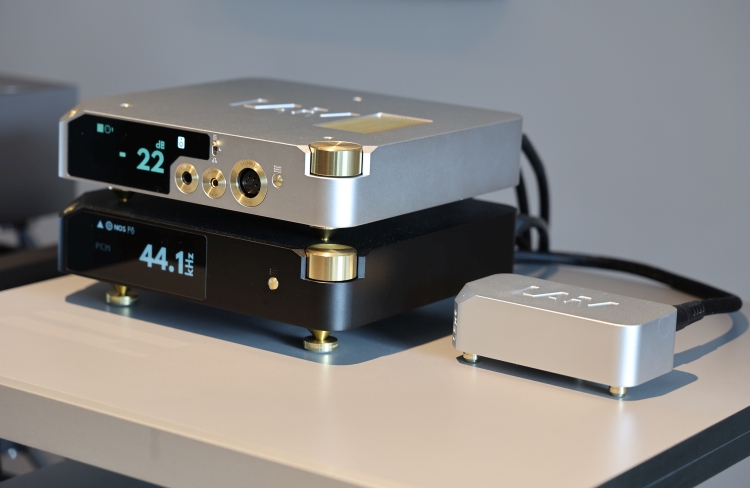





Very, very detailed and interesting review!
One of the very few that are focused on the very important issue of digital inputs.
(USB, Ethernet and analog)
I am exactly convinced (as I understand from your excellent writing) that the digital architecture of an “all in one” device, when built and studied at the highest level, leads to results above (almost) everything and not only because the “old dogma” (less is more) remains a dogma. Cables, connectors and above all the generation of “Clock” (and jitter) could mean something when in fact, they can (almost) not be around anymore.
Recently I asked some questions to TOP manufacturers like “MSB” and “Bricasti Design” and “Simaudio-Moon” about it but for now the answer has been “generic” (even when buying a MSB DAC you have the possibility to buy “optional modules”: streamer or USB plus? ) and is summed up with … “Ethernet is better”.
Thanks, Luca.
Hi Luca,
The trouble is that the success of any interface input is reliant on the quality of the interface output on the other end, and vice versa. I think this is where much of the controversy on the subject stems from, and also, why many manufacturers just decide to offer all of them in an effort to bet on all horses. Ethernet has some inherent advantages for which one could consider it the best protocol but there is still variance. In spite of the specs as well as popular thinking, it seems that this kind of connection is also not immune to noise and other parasitic influences. Otherwise, why do audiophile switches and ethernet cables have an audible effect?
USB and AES/EBU or S/PDIF have their own inherent benefits as well as potential issues, and so, depending on the circumstances, people can prefer Ethernet or any other format. I always advise to try your options and simply stick with what works best!
Christiaan, I totally agree with you;
we must always try in our system the “effect” of inserting a new device including obviously “how it is connected”.
Investigating more in depth, however – with the same “quality of design and so on” – could one “way” rather than “another way” be better anyway?
I mean: from your excellent test, in the system you used, you had clear “preferences” and, all the designers I spoke to -by email- tell me that Ethernet is “preferable” anyway, as you wrote more or less and, it does not seem a coincidence.
Where do I want to go?
Perhaps that “less is more” where a Steamer / DAC architecture in a single frame …
Greetings and great listening!
Hi Luca, for me, both Ethernet and AES/EBU lead to the most consistent results. I do ultimately prefer AES/EBU but in this case, Ethernet worked beautifully, partially indeed thanks to the well-integrated streamer component. Less is more is not sacred but in terms of cost/performance, you can’t beat an all-in-one, especially when the streamer and DAC are well-interfaced and well-implemented.
It’ok. Almost obvious.
I was referring to the USB connection anyway.
(However more “difficult” to “treat”)
Bye.
Indeed, you asked about USB versus Streaming in relation to the MSB DAC and asked me what my preference is. From my personal experiences, I prefer AES/EBU and Ethernet over USB. Most of the time, USB leads to a presentation that I feel sounds more mechanical and less involving than the other two. A more thorough description can be read in the Antipodes K50 and Aqua LinQ reviews.
Yeah. 😉
Did I read understand that right that the tubes are soldered directly to the board??? This isnt a cheap preamp and for a basic tube change I would have to take it to a qualified tech or at least someone that can solder. You should try an Innuos Phoenix USB interface, it seriously will make you rethink USB…I use a Phoenix with excellent results. Great reviews by the way.
They are soldered indeed… but they have an incredibly long lifetime. And they are not like normal tubes, these ones are miniature and they have long, flexible legs, like those on LEDs or through-hole Capacitors. So if they need to be replaced, it’s not difficult, provided they are still in stock. Innuos Phoenix USB interface, noted!